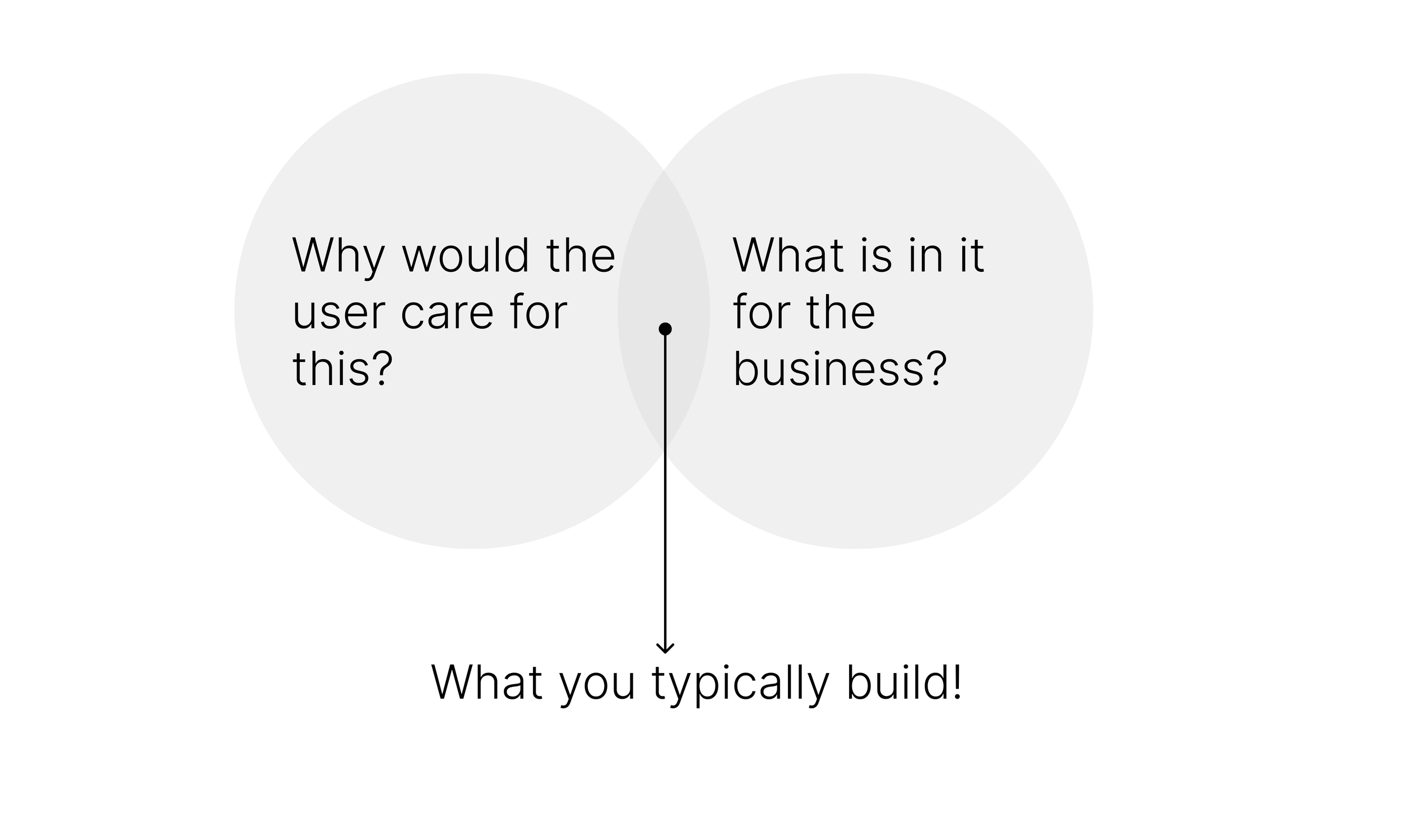Design Philosophy
At its core, design is about solving problems — not just any problems, but real problems with real solutions. The principles outlined here apply equally to near-term execution and long-term strategic initiatives.
The “why”
Define a good problem
There are there components to strategy –
The “what”
Articulate your vision, your objective.
The “how”
Ideate-test-prototype, in an iterative fashion.
Design Thinking reframes this journey into five practical steps:
Empathize – How do I approach the challenge?
Define – How do I interpret my findings?
Ideate – What do I create?
Prototype – How do I build my idea?
Test – How do I improve my idea?
Ultimately, the outcome of any strategy exercise should be a prototype that influences the roadmap, not just a presentation deck. Strategy should live in execution, not in slides.
Guiding Principles
Frame the problem deeply. Empathy and definition deserve time. As Einstein once said, “If I had an hour to solve a problem, I’d spend 55 minutes thinking about the problem and 5 minutes thinking about the solution.”
Generate broadly. To get to good ideas, you must create many. As Linus Pauling put it, “The best way to have a good idea is to have lots of ideas.” In my experience, roughly 1 in 10 ideas will make it to the roadmap.
Stay connected. Being a strong node in a dense network, as Steven Johnson describes in Where Good Ideas Come From — leads to richer, more cross-disciplinary insights.
Design ahead of delivery. For strategic programs, design should constantly be working 3–5 years out; for near-term initiatives, 3–6 months ahead of execution.
Share early and often. Regular (weekly) design share-outs keep teams aligned, informed, and collaborative.
Be data-driven. Design decisions should always be informed by evidence, not assumption.
Circa 2020. Though most of this still holds up.
Leadership Philosophy
As a design leader, I believe you influence everyone and direct no one. Leadership in design isn’t about authority — it’s about creating conditions for others to do their best work. Any philosophy, no matter how sound, is only as strong as the people who embody it. For this to truly work, the foundation must be a culture rooted in trust and care.
Below are some of the key principles that guide how I lead and grow design teams:
Be user-obsessed – There is no substitute for this. If a user takes the time to share feedback — whether in an App Store review or a moderated testing session — we owe it to them to listen deeply and understand their perspective. Without empathy, the entire process collapses.
Maintain a flat structure – Good ideas can come from anywhere. Titles or seniority don’t have a monopoly on insight. Teams thrive when ideas are evaluated on merit and user value, not hierarchy.
Be data-driven (and data-discerning) – Being data-driven is critical, but discernment matters just as much. Knowing what to test — and what not to — is often the difference between progress and paralysis. Every early research effort carries an opportunity cost in time and speed-to-market; balance is key.
Champion collaboration – Design, at its heart, is a service — to users, to Product, to Development, and to the broader organization. Great design emerges from a network of ideas and perspectives, not isolated creativity. Designers must proactively seek feedback and embrace it as part of the craft.
Empower autonomy and outcomes – To invent the future and tackle complex problems, designers must be trusted to make sound decisions. When teams are aligned on outcomes, the “how” becomes a solvable detail. True autonomy breeds accountability, innovation, and growth.


